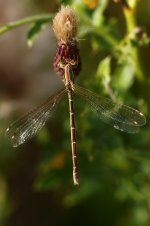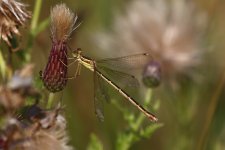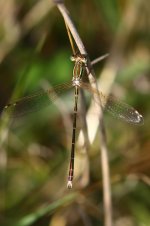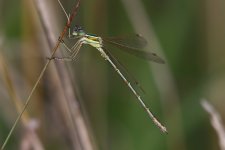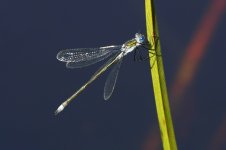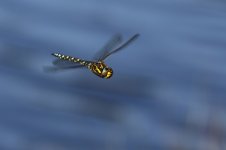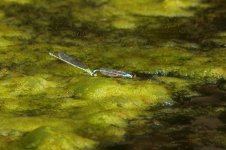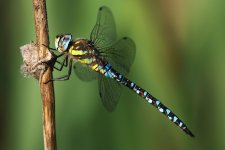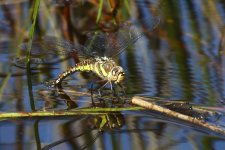Farnboro John
Well-known member
A gripping account with some great photos. Especially interesting to me as I have attempted the same thing this year on a more casual basis. (I'm on 33 species)
If you don't mind me asking John, is there anywhere near you that is good for Golden-ringed Dragonfly? I've tried Thursley twice with no luck and won't get the chance to visit the New Forest this summer, but I have family near Farnham and can usually sneak out for an hour or so when I'm down there.
Tim
I've also failed at Thursley this year - which would have been my local suggestion... and although the New Forest is an hour away it is SOOOO easy along Latchmore Brook, literally can't miss if the weather is right. Hopefully somebody will come up with another suggestion, but you really can't sneak out for a morning from Farnham just one sunny day?
Cheers
John
Last edited:





